I don’t really see the connection between toilet paper and Covid-19, myself, but all over the world, stores are experiencing a rush on toilet paper, and it is increasingly difficult to buy it where I live.
This made me wonder about how to make my own toilet paper, and then I started wondering if we even really needed toilet paper.
How Toilet Paper is made commercially.
All commercial toilet paper manufacturing is made in approximately the same way. It is made by creating mulch and then spreading that mulch on grids that allow the excess water to drain. The thin layer of mulch is then dried and cut into the required sizes. And packed.
Coloring is added to the mulch and occasionally other additives. But we are not really concerned with commercial paper here. We are going to learn how to make our own.
How to make your own Toilet Paper.
It is quite possible to make paper manufacturing in a home setting. In this section, I am going to explain how paper can be made at home in what is essentially the same way that commercial paper is made, just scaled down and done manually.
This is a general method of making paper, which could be used for writing or toilet paper. Broadly speaking, the finer the mulch, the smoother the paper is going to be.
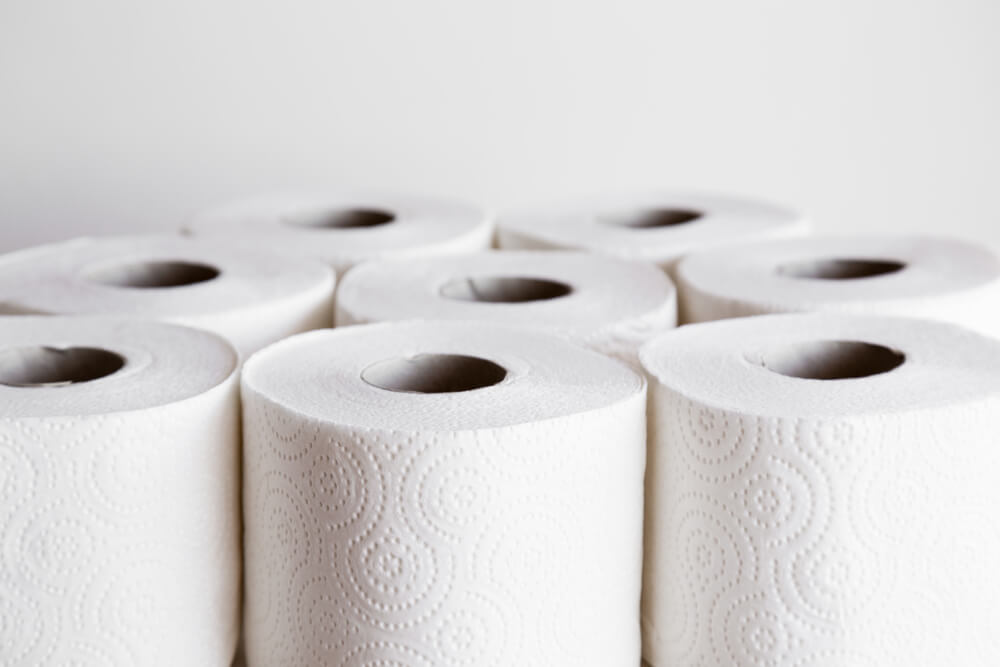
What you’ll need – DIY toilet paper
Most of the things that you need for diy toilet paper are probably already available to you and can be found around the house.
- Plastic sandwich boxes to store the water/newspaper as it soaks
- Lots of old newspaper or copy paper. You can also make pulp with cardboard if you wish.
- Water
- Electric blender
- Clean window screen sheet (non-rusty metal)
- Two squares of 12”x 12” bedsheet material
- Dry sponge, spray bottle
- Old clean towel
Method.
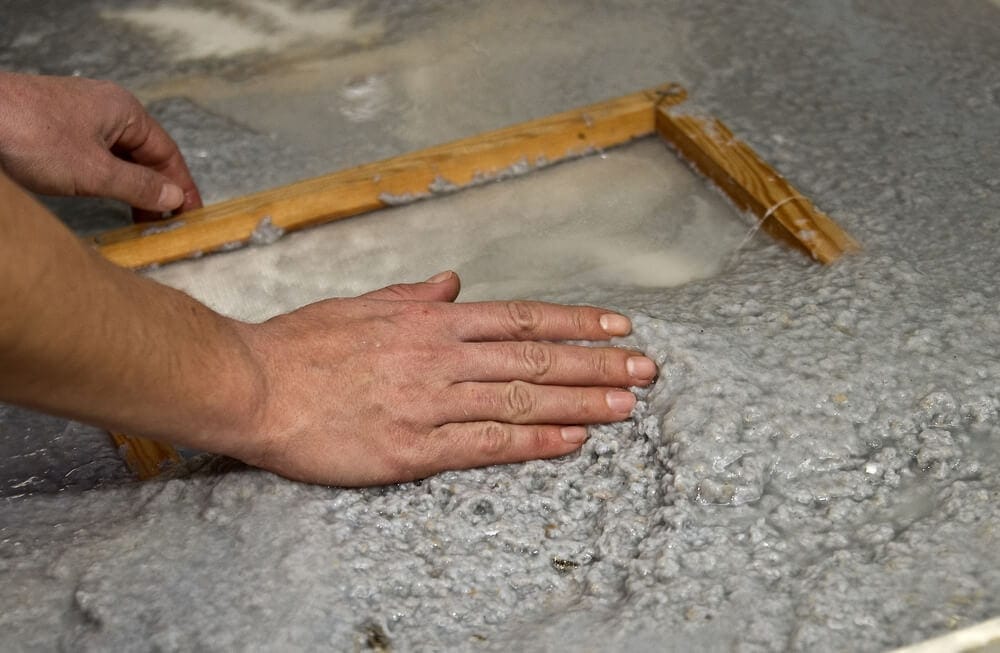
To make our diy toilet paper, we are going to use recycled paper. No, we are not going to reuse toilet paper; we will use copy paper and other waste paper.
The color of the paper used will determine the color of the end result recycled paper.
- Shred the paper, ripping it into small pieces that are relatively uniform in size.
- Soak the paper for 12 to 24 hours
- Using a blender, convert the soaked paper into a mulch. Fill the blender 50% full of water to start. Once it is blended, it will look something like oatmeal. You can skip the blending and just use the shredded paper, but this will result in coarse results.
- Add some cornstarch (optional but recommended).
- Using the strainer place a thin layer of paper on the mesh
- Place the strainer somewhere warm
- Allow this mulch to dry into recycled paper
- After the paper has lost most of its water lay a sheet of thin fabric on top of the recycled paper and press the sheet to make it thinner using a dry sponge.
- Turn the sheet over so that it falls onto the clean sheet (out of the strainer)
- Leave the paper to finish drying on the clean sheet; the sheet should be laying on a flat surface like a table.
- The drying sheet should not be left near a source of heat, as this may cause it to dry unevenly and crinkle.
- Peel the completely dry recycled paper from the sheet
- Cut the large sheet into small squares for use as toilet paper.
Optional extras.
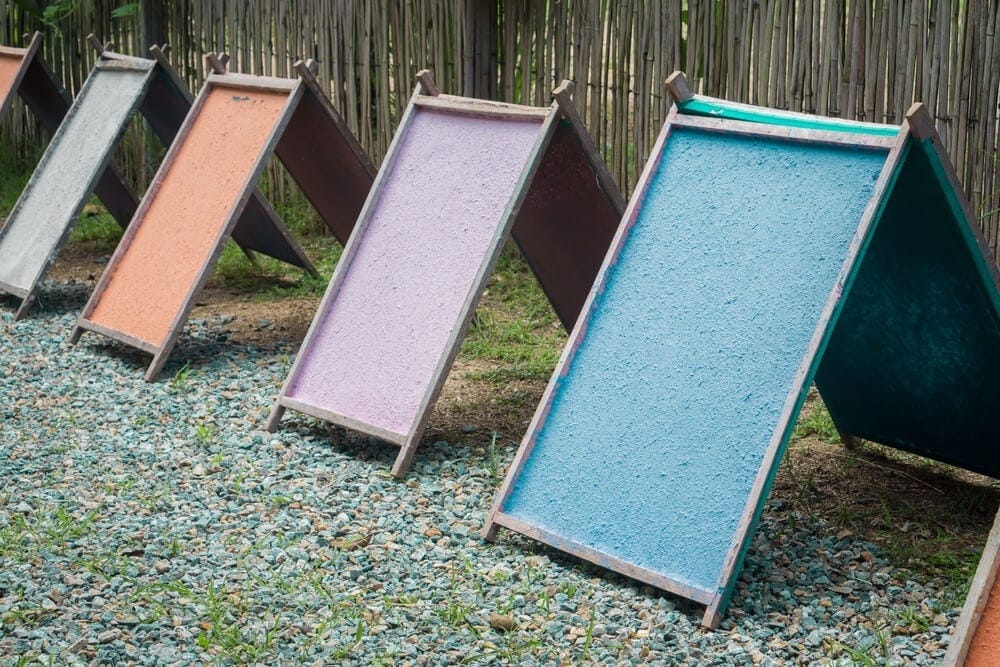
- If you would like colored toilet paper, at the blending stage, add two or three droplets of appropriate food coloring.
- You can assist this drying process by placing the paper between two sheets of material and on a flat surface, then iron the sheets.
- If you have used a lot of old newspapers and the mulch is discolored, you can add some bleach to whiten the mix.
Alternative methods of making Toilet Paper.
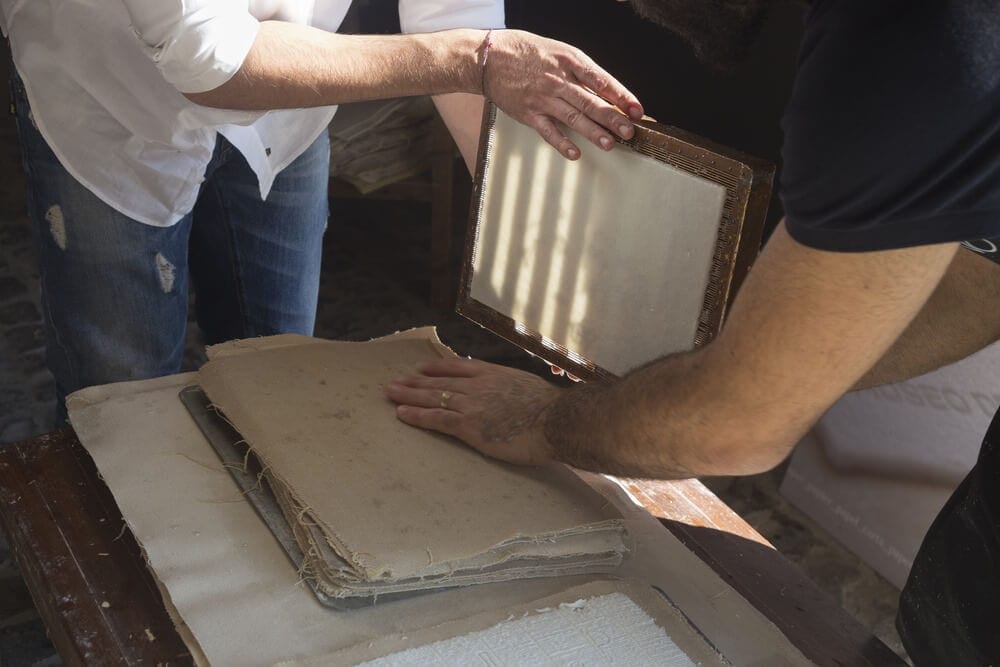
Put simply, you need a fiber base when paper manufacturing. At different times a variety of materials have been used to get that fiber.
- Wood
- Rice
- Bamboo
- Water plants
- Cotton (even old clothes)
Try experimenting in making paper using the above method but by using different sources of fiber instead of old newspaper.
Try chipping wood to make your own pulp, or shredding other materials from our alternatives list. Be imaginative and devise your own recipes.
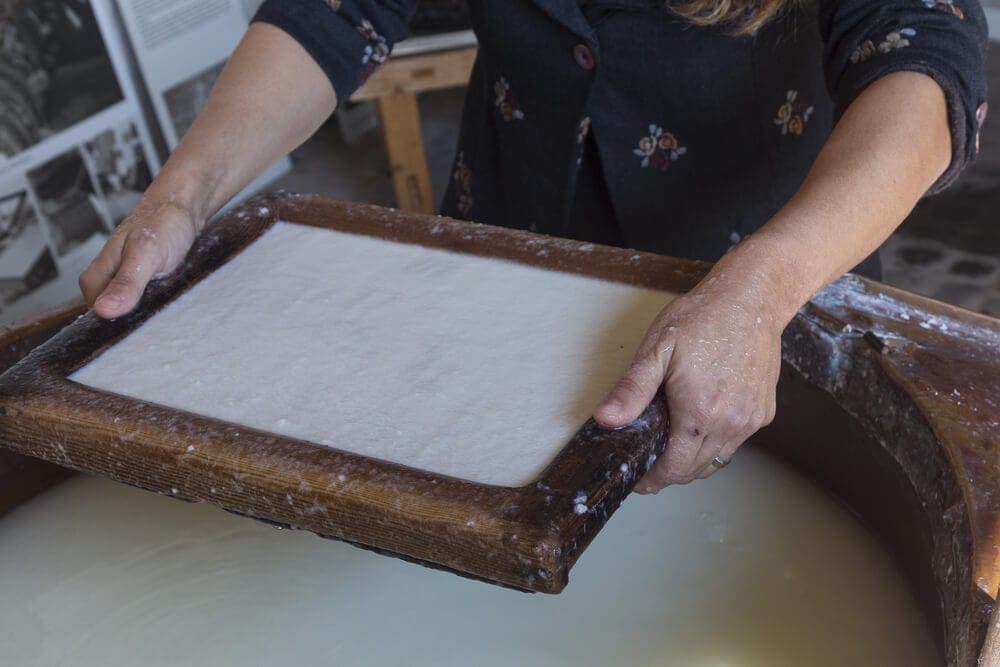
Toilet Paper alternatives.
Do we even need to buy or make tissue paper? In this section, we discuss alternative ways to clean our tail.
Old newspaper.
For many years, before the introduction of commercially made toilet paper manufacturing, people used to cut old newspapers into small squares and then pierce the corner of the stack of papers, pass a cord through the hole and hang the paper us adjacent to the toilet.
This worked perfectly well for generations.
Wash cloth.
In some cultures, people think that using toilet paper is gross and that all it does is smear the cleaning process. They prefer to have a washcloth that they wet and use (with soap) to wash themselves after using the toilet thoroughly.
They then clean the washcloth and leave to dry for the next uses. If you think about this, they are probably right, and it is a far more hygienic method.
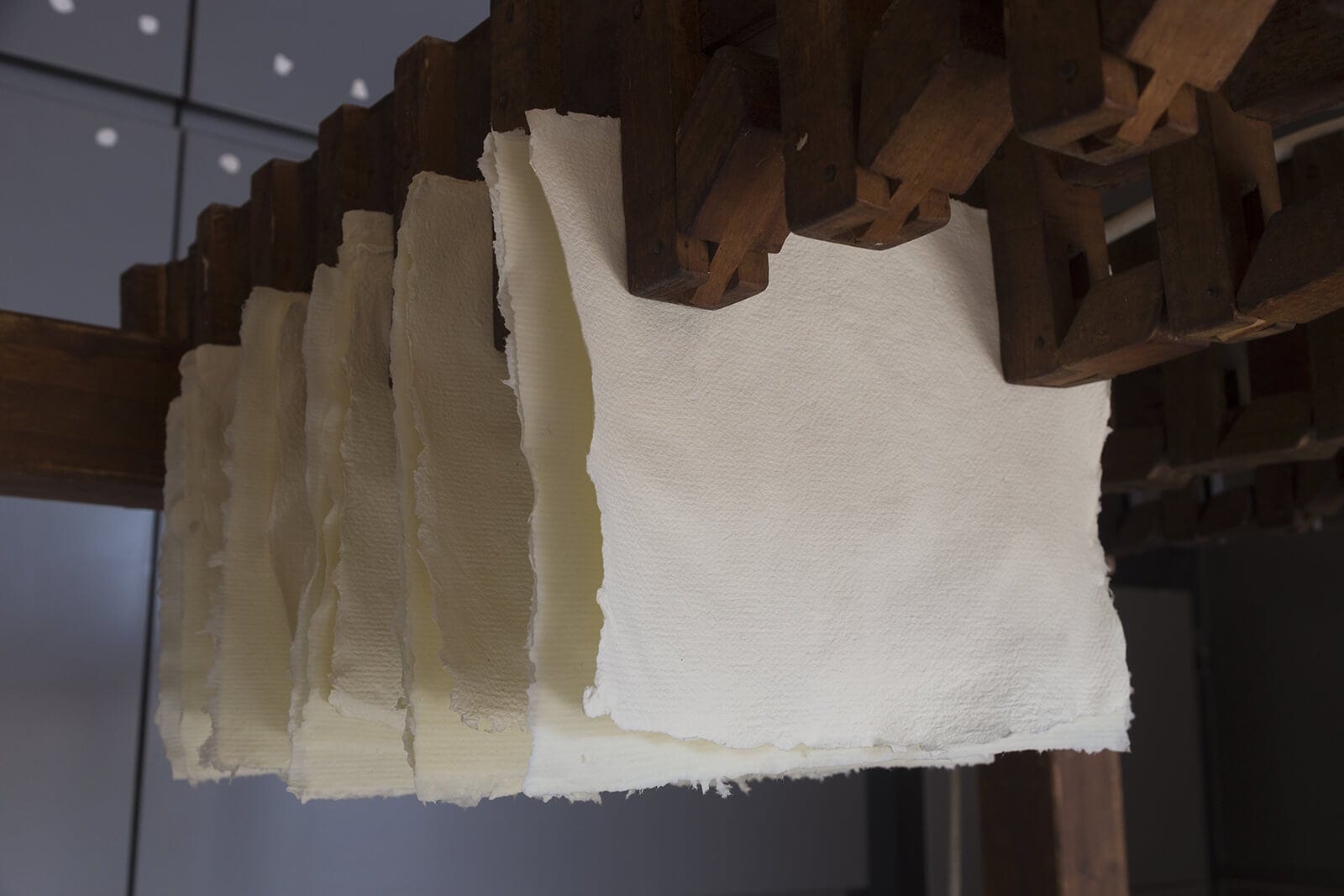
Kitchen towels.
Most dermatologists will say that washing yourself with water is more hygienic than using dry toilet paper, and pre-moistened wipes have been associated with causing other medical problems.
They suggest wetting a pad of kitchen towel (toilet paper will crumble when wet and then washing with this pad. It will result in much cleaner tails. The only problem is that the regular use of a kitchen towel will probably block your drains.
The solution is to have a plastic bag in a bin to collect the waste and then tie it and throw it in the trash.
We have some more Do It Yourself Guides which are helpful and easy to follow, below are some of our most popular reads.
—Want to know how to fix a punctured car tire fast and how to use Fix A Flat a can solution. Read our how-to article here.
—Winter is coming, you should clean that musky smell from your Down Jacket, follow our how-to guide here.
—A fun activity is picking wild mushrooms, be safe and store your mushrooms properly we show you how-to here.
Conclusion.

You have seen that the actual process of making paper is not hard and can be a fascinating hobby. It would be quite easy to upgrade your home production with a bit of inventiveness.
You could build a much larger drying frame and build a large table for drying the paper on.
With a little bit of thought you could be self-sufficient in tissue paper, and be able to make your own quality handwriting paper as well.

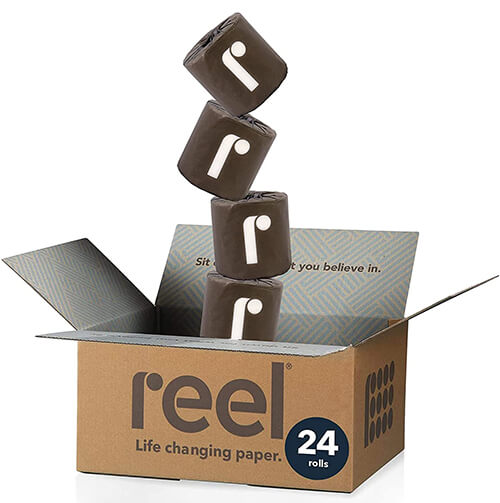
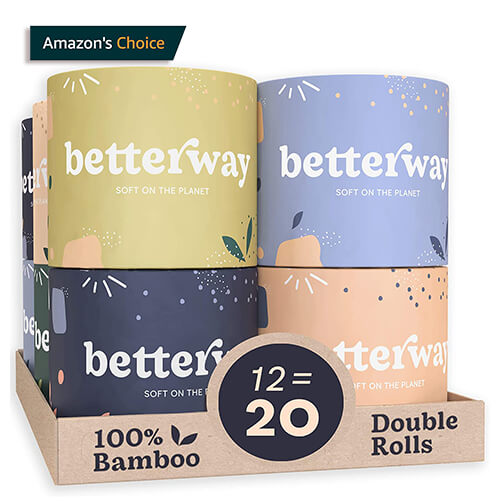







Comments are closed.